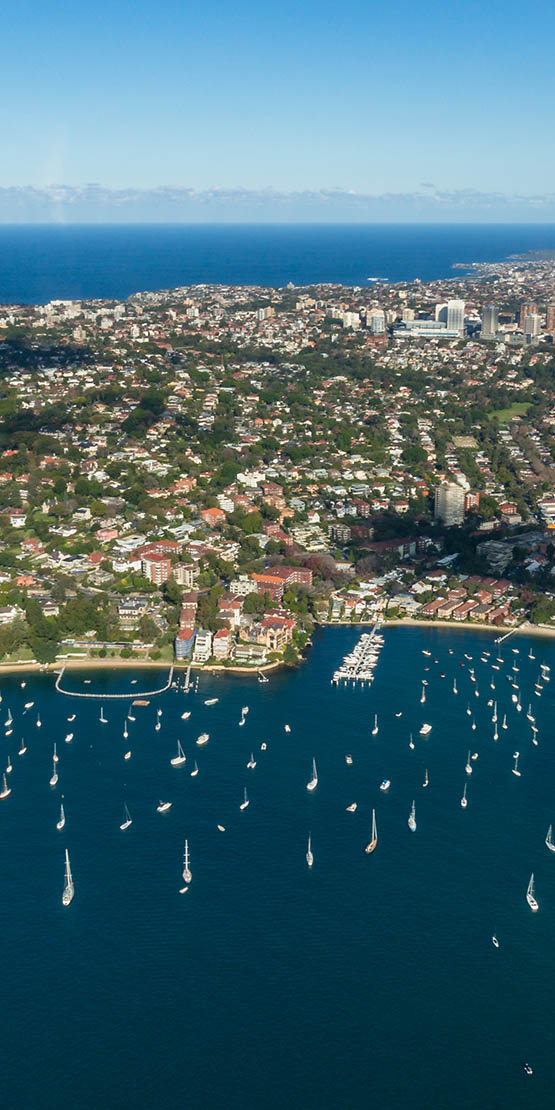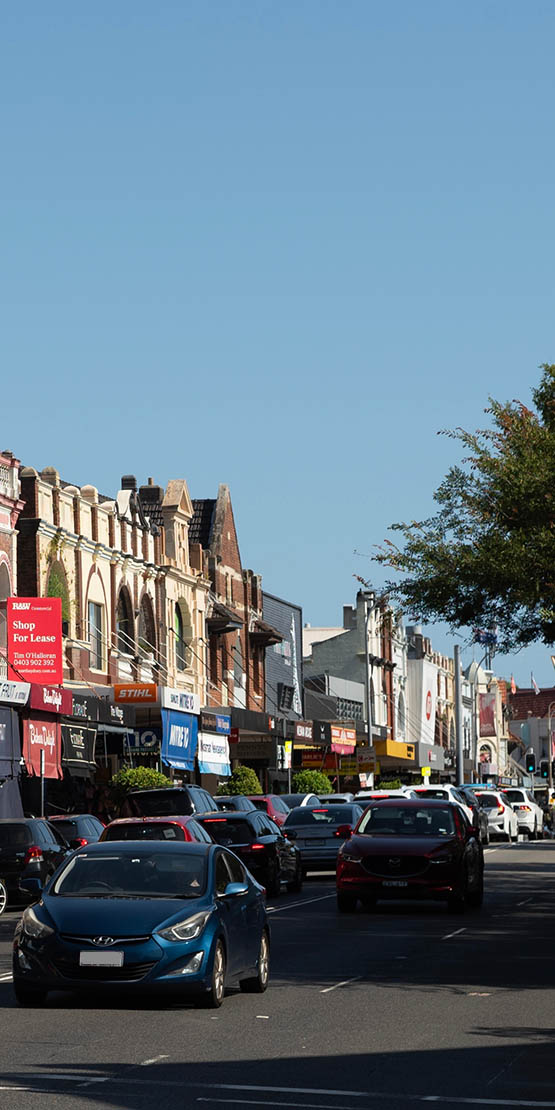The Australian housing market continues to experience a period of adjustment following years of strong price growth and interest rate volatility. While several major cities show signs of stabilisation, affordability pressures remain acute in outer suburbs, particularly for first-time buyers. Recent cash rate cuts and government schemes such as the First Home Guarantee are influencing buyer behaviour, but elevated mortgage rates and high property prices still create challenges for many households.
Investors and owner-occupiers alike are responding to both traditional market factors and emerging trends, including energy efficiency and climate risk considerations. Supply constraints, mortgage stress in suburban areas, and a renewed emphasis on sustainability and resilience are shaping market activity, indicating that buyers and sellers need to be increasingly strategic in their decision-making.
Fortress Suburbs: Sydney’s Unshakable Property Strongholds
https://www.domain.com.au/news/australias-most-exclusive-suburbs-1416132
New research highlights Sydney’s most exclusive “fortress suburbs”, where buyers remain determined to secure a home regardless of price, interest rate movements, or affordability pressures. Bellevue Hill, Mosman, Double Bay, Dover Heights and Woollahra all feature on the list, alongside Toorak in Melbourne and North Adelaide. These blue-chip areas are considered irreplaceable due to their harbour views, lifestyle amenities, village atmospheres, and prestige appeal. Unlike in “bridesmaid suburbs”, where buyers are often willing to compromise for affordability, fortress suburb purchasers refuse to consider alternatives, sustaining significant price premiums compared with nearby areas. Local agents confirm this behaviour, noting that buyers are motivated not only by status but also by lifestyle factors such as coastal access, community networks, and architectural character. The resilience of these suburbs underscores their status as Australia’s hardest and most aspirational markets to buy into.



